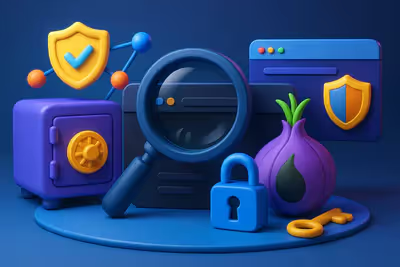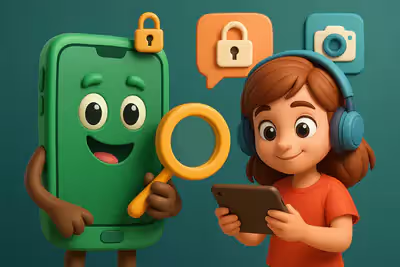How to use AI-created art to make money
Here are some of the best ways to monetize art created by AI.
1. Creation of virtual influencers
La creating virtual influencers through AI is an innovative new way for digital artists to monetize their work.
By using platforms like RenderNet, it is possible to design interactive avatars that capture the attention of target audiences, especially among Generation Z and Millennials. 58% of these age groups Follow at least one virtual influencer, according to a recent study.

The market for virtual influencers is growing, with forecasts that it will reach $4.8 billion by 2027

Les virtual influencers offer several benefits for businesses looking to increase their online presence.
First of all, brands have a total control on the image of their influencer, allowing them to adjust every detail according to their needs. These avatars can be active 24/7, which is impossible for a human influencer.
In addition, management and creation costs are often reduced in the long run, as the initial avatar investment pays for itself over time. In addition, it is possible to target niches very specific, by adapting avatars to these market segments.

In order to maximize the potential of a virtual influencer, it is essential to follow some best practices:
- Develop an engaging personality : It is not enough to create a photorealistic avatar; it is crucial to provide this virtual influencer with a story And of a personality distinct.
- Create regular and varied content : Publishing original content frequently is essential to maintain interest. Immersive videos on instagram, TikTok, or youtube can strengthen the presence of the virtual influencer and stimulate engagement.
- Collaborations with brands : To tie business partnerships allows the influencer to be monetized through product placements or advertising campaigns.
- Interact with the community : Regular interactions with subscribers, through comments or live sessions, help create a solid bond And a Loyal community around the virtual influencer.
By combining digital art and artificial intelligence, creating virtual influencers is becoming a powerful marketing tool, opening up new monetization opportunities for artists and brands in a rapidly changing digital landscape.
2. Designing new creative characters
People love stories.
AI-generated art can help create fascinating new characters that can be used to develop scenarios for books, movies, or games.
Think of artists who create AI-generated art and develop animes.

They can be paid for their work by selling the characters or accessories they make.
In addition, these characters can be decorated with various accessories to make them even more intriguing.
Artists can then use these characters to write a series of books that they can sell online.
Combined with AI story generators, you can earn money by developing creative writing services using digital art tools.
3. Create websites and mobile applications
AI in the creation of websites
Artificial intelligence is revolutionizing web design. It allows creators to generate unique visual elements for their digital projects as with Dorik AI.

Key benefits:
- Creating custom backgrounds
- Generation of original icons
- Design of custom graphic elements
These AI-generated visuals offer developers the opportunity to stand out while maintaining commercial rights to their creations.
Mobile applications and AI
In the field of mobile applications, AI brings unprecedented flexibility. It facilitates the creation of adaptive interfaces, which are essential in a world where device diversity is the norm.
The rapid generation of visuals allows developers to:
- Follow the evolution of design trends
- Adapt to changing user preferences
- Maintain visual consistency across screens
- Suggest frequent user interface updates

Stand out in a saturated web
With over 1.14 billion websites online, differentiation is crucial. AI is helping creators explore specific niches, thus making it possible to design unique designs for targeted audiences.
This innovative approach opens up new perspectives:
- Increased design personalization
- Better adaptation to the specific needs of users
- Creating eye-catching and memorable visuals
- Opportunity to experiment with unique styles
By using AI, creators can push the boundaries of creativity while meeting the requirements of an ever-changing web marketplace.
4. Create marketing materials
Creativity and marketing go hand in hand; art created by AI can help give your marketing material a new look (or feel).
For example, using AI images within a real estate company could help create property ads that are more realistic — and therefore more convincing.

AI art generators can also create logos and other brand elements.
Tons of businesses can benefit from high-quality AI-assisted art in website banners, social media ads, email headers, and more.
5. Write an ebook or a guide on how to create AI-assisted art.
When you start creating AI works, you start to understand what is generating the exact result you want.
AI-assisted writing tools
Creating an AI-assisted art ebook can be greatly facilitated by the use of smart writing tools. Software like Scrivener, Grammarly, Writesonic, and Jasper AI greatly simplify the writing process.
Jasper AI stands out for its ability to:
- Structuring your book
- Suggest catchy titles
- Write entire paragraphs according to your instructions
This support allows you to focus on the creative side while accelerating content production.
Organization and structure of the book
Careful use of these tools makes it possible to quickly develop a well-structured guide. Your ebook could cover:
- The basics of artistic AI algorithms
- The use of image generators (DALL-E, MidJourney, Stable Diffusion)
- Practical advice to optimize artistic results
- Case studies and concrete examples
This approach ensures logical progression and complete understanding for your readers.
SEO optimization for ebooks
The visibility of your ebook is crucial. Tools like Writesonic can optimize your content for SEO, especially on platforms like Amazon Kindle or your personal website.

The aim is to improve the ranking of your ebook for key terms such as:
- “AI-assisted art”
- “Artistic creation with artificial intelligence”
- “AI Digital Art Guide”
This optimization increases the chances of your target audience finding and buying your ebook.
Automatic generation of descriptions and summaries
AI writing tools excel at creating promotional content. They can generate:
- Impactful marketing descriptions
- Concise chapter summaries
- Key points for promotion
Grammarly can then refine the style and clarity of these elements, ensuring a professional presentation of your ebook.
By combining your expertise in AI art and these advanced tools, you can create a quality ebook in record time, offering real value to your readers.
6. Offer private classes or workshops in art created by AI
Traditionally, online sales platforms have helped people share their knowledge and creativity with the world.
In addition to creating e-books, artists can now share their knowledge and expertise in artificial intelligence and machine learning in the form of tutorials through online course platforms.

With mainstream AI being a relatively new field, those who teach AI art generation on platforms like Thinkific, Teachable, and LearnWorlds can get to the heart of the matter and be among the first to market their skills.
One can also teach art generation through AI by specializing in a subset of this industry, such as concept art, character design, or landscape painting.
Human artists can also create courses that show how to use AI-created art in conjunction with traditional art forms to create one-of-a-kind pieces.
Such a mix of creativity and technical know-how is always in demand.
To make even more money, you could offer private classes or workshops to teach people how to use AI tools to create their artwork.
7. Selling Printful Prints, Posters, and More

Artificial intelligence is opening up new possibilities for artists who want to market their works. Printful, a print-on-demand platform, greatly simplifies this process by allowing products to be sold without managing inventory.
Custom creation with AI
AI art generators offer a fast and economical way to create unique designs. These tools allow you to produce a variety of attractive visuals for different types of products, expanding your creative range.

Online sales: Integrating Printful with platforms like Etsy, Shopify, or your personal site opens up a lot of opportunities. You can suggest:
- Personalized T-shirts
- Artistic posters
- Accessories like phone cases
- Mugs with your designs
- Printed bags and clothes
This diversity of products allows you to reach a large audience and maximize your sales.
Seasonal products
Adapt your offer to the seasons and holidays to attract more buyers. Create specific products such as:
- Unique greeting cards
- Original decorations
- Artistic gift packaging
- Limited collections for the holidays
The major advantage of Printful is its logistics management. Products are printed and shipped directly to customers, allowing you to focus on creating and marketing your AI-assisted works.
8. Serve as a consultant for businesses that use art created by AI.
As businesses realize the benefits of AI artwork on their bottom line, the demand for consultants who can help them use this technology will only grow.
Not everyone wants or has the time to learn how an AI art generator works.
As a result, AI artists can also become digital art consultants whose job will be to help businesses create and implement AI art strategies.
Whether it's a business with an online store that wants to create art and maximize its conversion rate or brick and mortar stores looking to use AI-generated storefronts, there's a wide range of potential customers for digital art consultants out there.
As an artist, you can also use websites such as Fiverr to promote yourself, list your services, and connect with businesses that need help.
9. Sell images on stock photo sites

Stock image websites provide users with website backgrounds, illustrations, and photos.
These are great places to find royalty-free artwork for those who need online resources.
Thanks to AI-generated graphics, users can sell digital and physical prints of their work.
Websites like Shutterstock accept images created by AI, opening up new possibilities for artists.
It is essential to know the terms of use of each website before submitting images.
10. Creating NFTs

NFTs (non-fungible tokens) are types of cryptocurrencies that allow users to buy, sell, or trade digital assets.
NFT art is about creating unique pieces of art and listing them on the blockchain, using various NFT marketplaces to find buyers.
The appeal for many artists in this field is the opportunity to create unique pieces of art that can be sold at a high price.
What started the art created by AI?
The rise of art created by AI marks a turning point in the creative world. This revolution has been propelled by major technological advances and the increasing accessibility of AI tools.
OpenAI played a key role in making Dall-E available to the public in 2022. This tool makes it possible to generate images from text descriptions, opening up new creative possibilities.
Midjourney And GanBreeder have also contributed to the expansion of this field, allowing users to create and sell unique pieces of art generated by AI.
The constant improvement of image quality is a determining factor in the adoption of AI art. Algorithms are producing increasingly sophisticated works, presaging the emergence of new innovative platforms.
Among the emerging players:
- Jasper Art Is Distinguished by Its Variety of Artistic Styles
- Photosonic focuses on creating photorealistic images
- Leonardo AI offers advanced customization and creative control capabilities
Leonardo AI Quickly stood out for its ability to produce high-quality images with a high degree of control over style and content. It allows artists to create unique works by combining different styles and techniques.
This revolution raises ethical and legal questions, in particular about the copyright of works generated by AI. These debates will shape the future of AI art and its integration into the traditional artistic world.
Conclusion
With the improvement of the various tools for generating images by AI, there is a gold mine of opportunities to make money by selling AI-generated art.
The key to success lies in knowing the characteristics of the various artistic AI tools, in how to create high-quality images, and in a solid understanding of the commercial aspect.
By following the tips in this article, you'll be well on your way to make money with AI-assisted art.
What other ways can you imagine to make money with AI-assisted art?
Let me know in the comments below.
To find out more: The AI writing tools Can help you create content faster than ever.
With the various options available, it is essential to choose the one that fits your needs.
To conclude the Software AI copywriting software can help you sell your content by optimizing it for SEO and meeting the needs of prospects, ensuring that the right people see your content.
Finally, if you are looking for ideas for Make Money Blogging, here's the best way to start a blogging business.
FAQS
Can I sell an AI work without modification?
Yes, if the tool allows it (e.g. starryai), but a personal touch reinforces your rights.
How long does it take to sell an artwork?
A few days to weeks with a good promotion, depending on the platform and the price.
What should I do if my work is copied?
Report it on the platform and consult a lawyer to protect your rights.
Are NFTs risky?
Yes, gas fees vary. Start with small sales to test.
How do you attract buyers?
Post on Instagram with #AIArt2025 and collaborate with influencers.
Do I have to report my income?
Yes, as an independent artist, declared via an auto-entrepreneur status.

.svg)
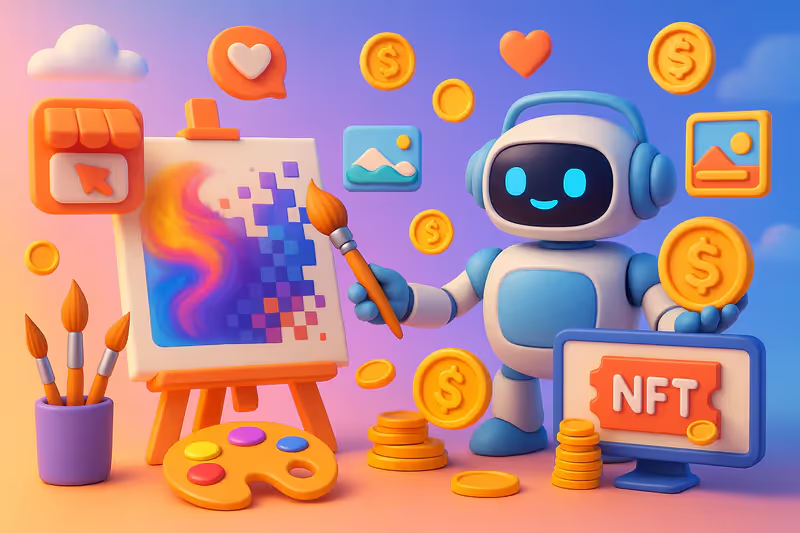

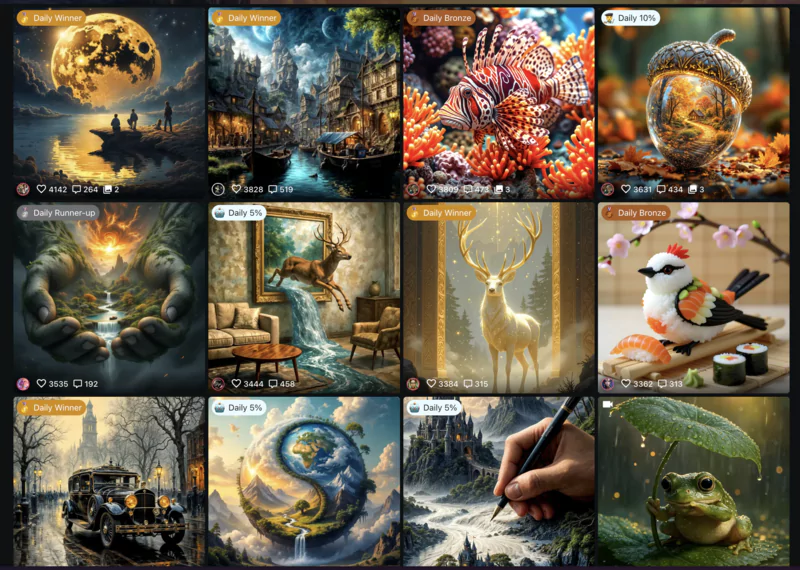

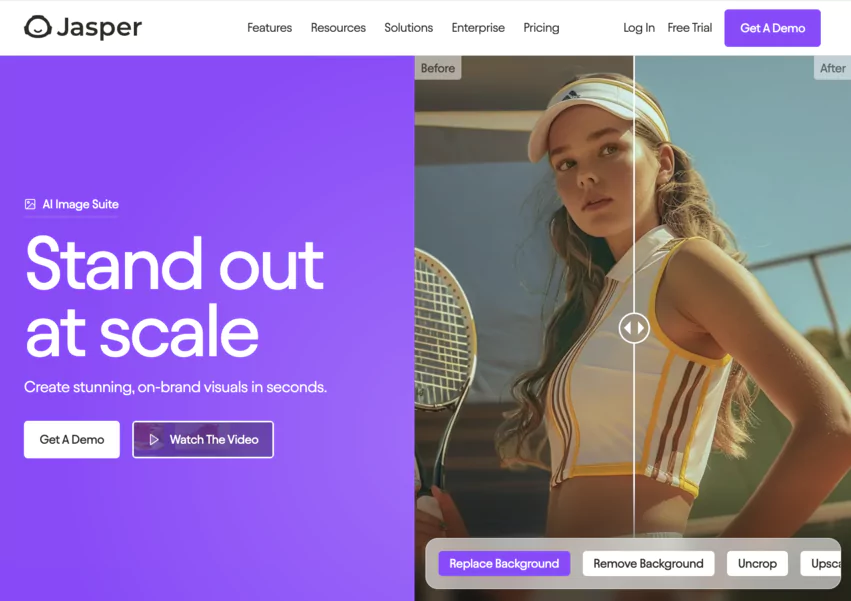
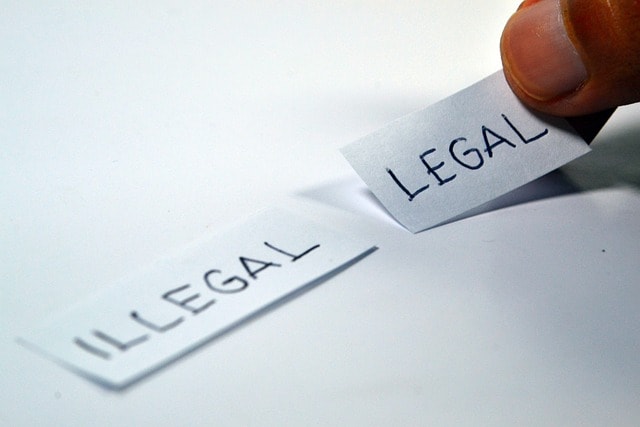


.avif)
